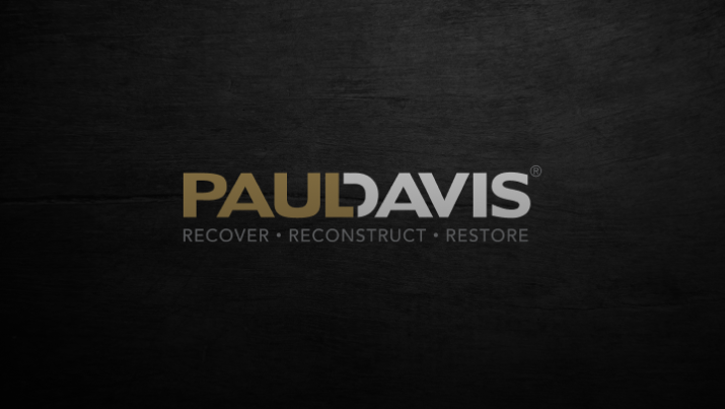When you have backed-up bathtubs, toilets or sinks that overflow, you know that water damage restorations will be required. Nonetheless, your property can suffer from water damage in ways that aren’t as clear. Since you have pipes running through your property, you can have a leaky pipe or a buildup of condensation between your walls or ceilings. It’s a difficult problem since this isn’t visible- you won’t recognize it until you there’s water damage, and then it’s difficult to identify how long the issue has lingered.
However, when you notice damage to your walls or water spots on your ceiling, these are the sure signs of a leaky pipe or condensation generating the issue. Because the area is unseen, though, it’s tough to ascertain how long the issue has lasted. Even though there isn’t a way to know exactly how long your water damage issue has lingered, there are some ways to indicate whether the water damage is old or new.
Learn How Old or New the Damage Caused by Water is with This Guidance
By following the steps listed below, you can determine the age of the damage induced by water:
- History of the House: Keep track of any spots on your walls or ceilings and take into account any strong weather you had in your location such as a heavy rain storm. Damages and spots derived from water can take months to pop up if it’s a slight leak. If you live in an older house, the water damage spots might have been there for awhile. So it’s critical to keep track of the spots you perceive while indicating whether this is new water damage or old water damage.
- History of the House: An older property might already have some previous damage produced from water, so it’s fundamental to keep track of what’s there and to note if the damage alters over a period of time. Tracking the weather is a great idea too, because if you have a modest leak, it can take months for a spot to surface. Taking note of your water spots and damages can save you lots of time when pinpointing whether your water damage is old or new.
- Touch the Spot: Go ahead and touch the spot- this can reveal a lot about the age of the water damage. A new spot will be wet but your ceiling or drywall will still be durable, while an old spot will be soft and squishy since your material would have absorbed a fair amount of moisture.
- Look for Rings: You know how rings on a tree determine the age of the tree? The same approach can be used towards spots created by water. An old water spot is going to have rings around it. They can also be discolored because the spot gets soaked then dries and gets soaked again then dries again, etcetera. A new spot will be dark with zero rings circling it.
- Examine the Materials: It’s vital to be cognizant of the materials that comprise your walls or ceilings, because things such as thick paint or tiles can actually trap moisture. If this is the situation, even a small water spot can mean the buildup of water has been lingering for a period of time.
- Mold Inspection: If you see that bacteria is present, the damage produced by water has lingered for nearly two to three days.
- Decomposition: If your materials rot from water damage, this is normally the outcome of repeat flooding or standing water. Decomposition normally doesn’t occur from the first situation of leakage.
Water Damage Repair Technicians – Reach Out to Paul
For all your water damage repair emergencies, call Paul Davis. If there’s a pipe dripping that you can’t detect, it’s critical to call a professional. Paul Davis’ professional team has the experience and response time required to maintain your property. For a local franchise near your location, call us at 727-573-4880 and we’ll get an expert for your assistance.



